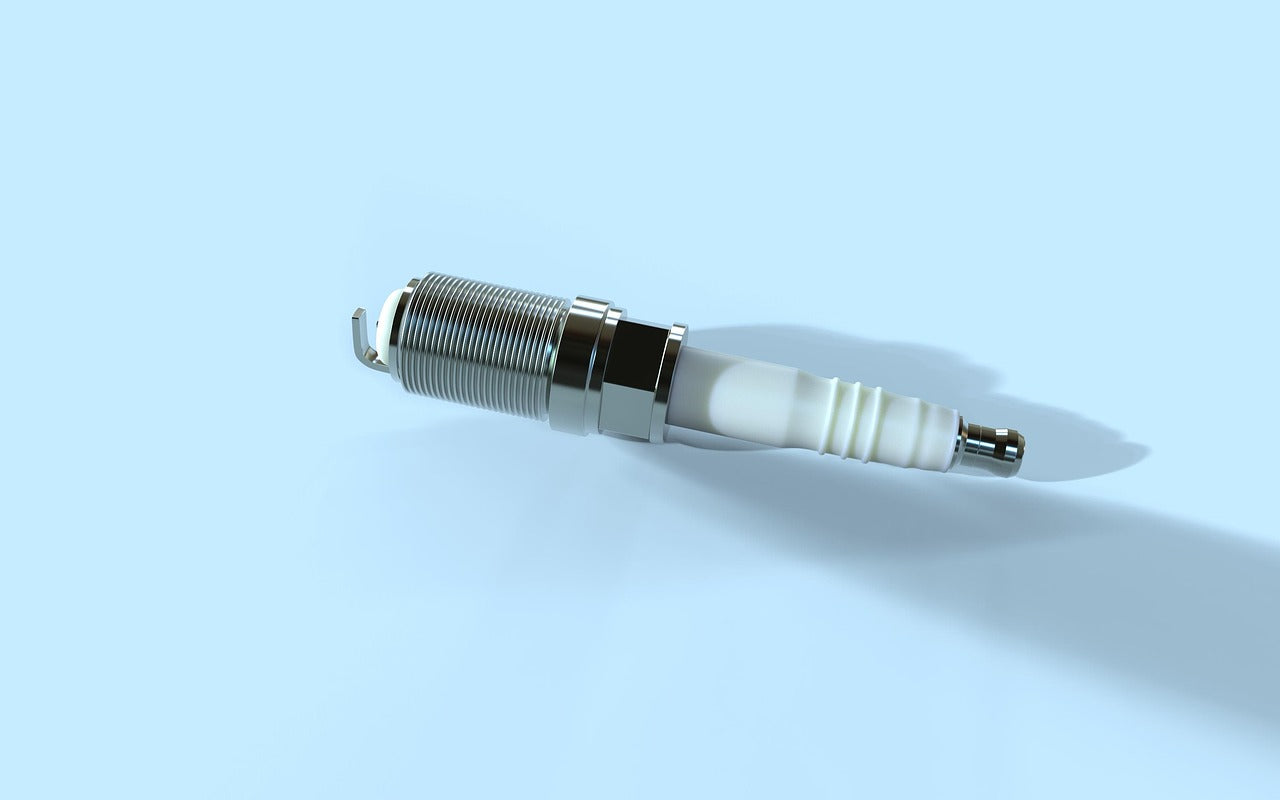
Why Is Spark Plug Maintenance So Important?
Spark plugs are an essential component of any gas-powered engine because they provide the spark that ignites the air/fuel mixture in the cylinders. This combustion is what powers the engine. So, ensuring your spark plugs are properly maintained is critical to the performance and longevity of your engine.
For example, the electrodes on a spark plug must be kept clean and sharp to produce the strongest spark possible. If they are worn down, the spark will be weaker and may not be able to ignite the air/fuel mixture in the engine, causing the engine to misfire.
Spark plugs can also become fouled with oil and deposit build-up, causing the engine to misfire and run rough. It can also lead to deposits on the cylinder head and oil dilution, which can lead to engine damage.
On the other hand, if you properly maintain your spark plugs, the benefits can be significant, including:
-
Improved fuel efficiency: A clean spark plug means a more efficient combustion process, leading to better fuel economy.
-
Better engine performance: Regularly maintained spark plugs can help your engine run more smoothly and improve overall performance.
-
Longer engine life: Spark plugs that are properly maintained will help prolong the life of your engine by preventing premature wear and tear.
-
Savings on repairs: You can avoid costly engine repairs and downtime by keeping your spark plugs in good condition.
How To Perform Maintenance On Your Spark Plugs
The first and most critical step in maintaining spark plugs is regularly examining or "reading" them. If you never look at them, you won't be able to tell if they need to be cleaned or replaced. Some of the things you should look for when examining your plugs include:
-
Cracks or chips in the porcelain insulation
-
Damaged threads
-
Excessive deposits on the electrode
-
Evidence of arcing or burning
-
Worn-out electrode
If you notice any of these problems, it's time to replace the plug. Note that if the only problem you find is dirty spark plugs, you might be able to clean and reuse them. However, if the plugs are damaged, it's best to replace them.
What Determines The Lifespan Of A Spark Plug?
There are a number of factors that can affect the lifespan of a spark plug, including:
-
Engine type: Some engines are more susceptible to deposit build-up than others.
-
Spark plug type: Platinum or iridium spark plugs will last longer than plugs with non-precious metal electrodes.
-
Operating conditions: Spark plugs in engines that run at high speeds or under heavy loads will wear out more quickly than those in lower-speed or lighter-duty engines.
-
Fuel quality: Dirty or low-quality fuel can cause deposits to build up on the spark plugs more quickly.
-
Spark plug brand: Some spark plugs are better quality than others and can last longer.
-
Maintenance habits: Regularly inspecting and cleaning your spark plugs will help them last longer.
In general, iridium or platinum spark plugs should last between 3,000 and 4,000 hours of operation, while non-precious metal plugs will need to be replaced more frequently, at around 1,000 hours of operation. However, these are just general guidelines, and the actual lifespan of your spark plugs will depend on the factors mentioned above.
Next Steps
Spark plugs play a vital role in the operation of your engine, so it's essential to keep them in good condition. Regularly inspecting and cleaning them (or replacing them if they're damaged) will help keep your engine running smoothly and efficiently and prevent costly repairs down the road. For advice on engine maintenance and how to extend the life of your industrial spark plugs, please get in touch with one of our engineers today.

Image Source: Pixabay
 Apply for an Account
Apply for an Account Log In
Log In 0Basket
0Basket Checkout
Checkout
 01782 983376
01782 983376 info@rmwalshltd.co.uk
info@rmwalshltd.co.uk 